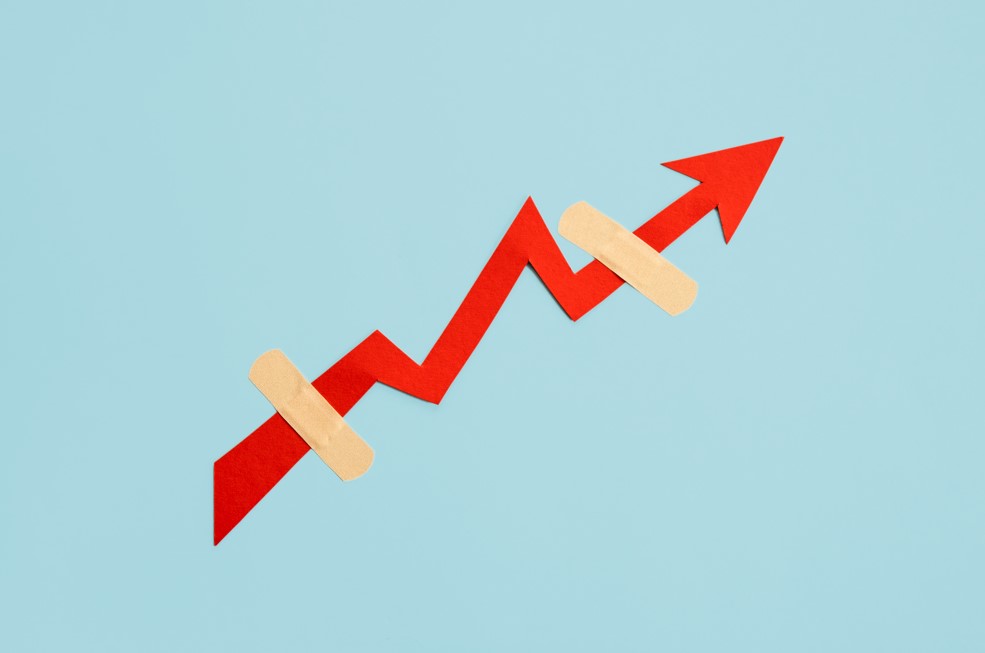The Philippines, once regarded as the “Sick Man of Asia,” experienced a period of economic rebound from 2010-2016. In order to prioritize sustainable growth, former President Benigno Aquino III set out to design a system. He improved transparency and accountability.
How the COVID-19 Had a Significant Impact on the Economic Growth of the Philippines?
With former President Rodrigo Duterte in office, the Philippines, economic development slowed down a bit, but there was still cause for optimism. The services sector, which comprises the real estate, banking, and insurance sectors as well as business process outsourcing, did well.
The Philippine economy has made progress toward achieving inclusive economic growth in recent years. From 23.3 % in 2015 to 16.6% in 2016, poverty has decreased. On the other hand, COVID-19‘s effects have halted this rise in real wages, which has detrimental effects on the Philippines’ efforts to reduce poverty.
The first COVID-19 case in the nation was reported in January 2020, and by March the country had been placed under a severe communal quarantine that limits businesses and mobility restrictions. While these measures showed the slowed development of COVID-19, they had gravely detrimental effects on household budgets, employment opportunities, educational opportunities, and enterprises. With a GDP fall of 9.5% in 2020, the pandemic brought the Philippines’ economy to its lowest point. GDP went as low as -16.9% in the second quarter of 2020.
Foreign direct investment decreased as a result of the coronavirus pandemic’s economic effects. The government is dependent on foreign investment to strengthen the economy, and it wants to encourage foreign investors to invest in the Philippines by employing legislative measures like corporate tax reductions.
The Philippines’ national debt climbed by 2 6.7% to P9.7 trillion in 2020 as a result of the COVID-19 crisis. By the end of January 2021, this had increased to P10.3 trillion. A budget deficit of P1.37 trillion was experienced by the Philippines’ by the Philippine government in 2020 as a result of rising costs and declining revenue.
Maintaining and Improving Inclusive Economic Growth for a Better Recovery
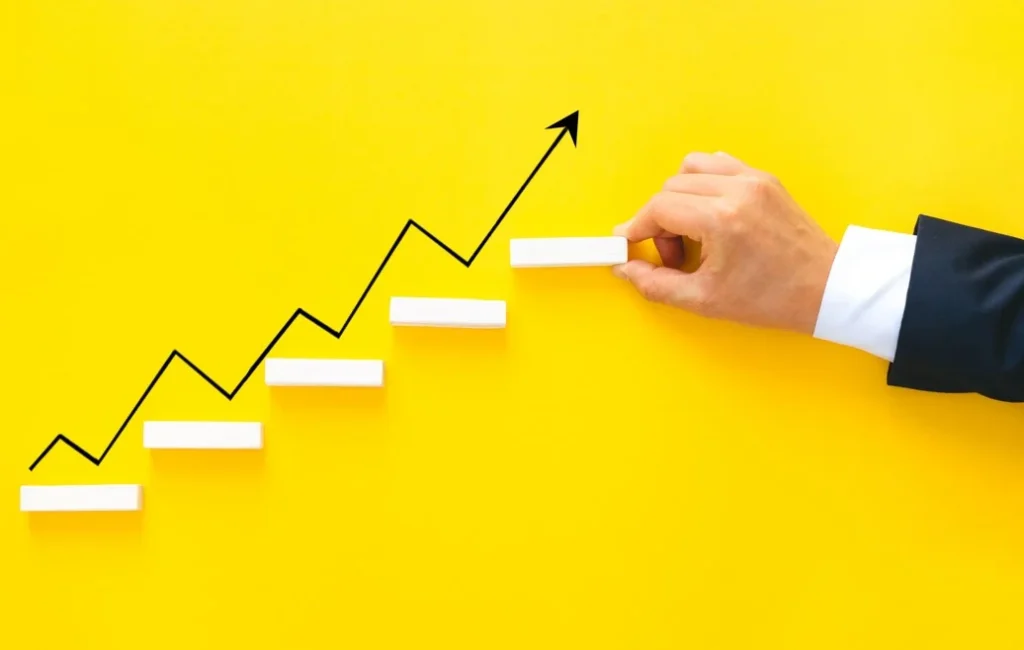
Due to the growing economic disparity and its repercussions on the economy and the well-being of people, the idea of inclusive growth has gained prominence in economic growth. Minority communities, women, those with less physical ability, and specific geographic areas have been disproportionately impacted by this inequity. In addition to being essential for maintaining strong growth, investments in infrastructure, education, skills, and health will also guarantee that poor and marginalized families have access to greater work prospects.
People’s rights, livelihoods, and health have all been significantly impacted by the pandemic. Instead of reducing the social and economic effects of the pandemic, the government’s inadequate response is believed to have made Filipinos suffering worsened.
The pandemic has led to a significant shift in the distribution of jobs among industries. The industries that tend to absorb smaller labor shares, such as communications and technology as well as some higher-skilled service industries, rebound rapidly and show positive job growth. Some of these increases were undone by the pandemic, which eliminated 1.7 million wages and paid employees in the year leading up to January 2021. In comparison, the epidemic can have a long-term impact on employment. there was an increase of around 435,000 jobs in the unorganized sector.
It will be essential to strengthen labor market programs to support businesses and people through the change. As the Philippines recovers from the pandemic, the coming years will be difficult for workers there. For workers and businesses to make this shift, active labor market programs must be further strengthened.
Mara K. Warwick, World Bank Country Director for Brunei, Malaysia, Philippines, and Thailand stated that “The poor quality of jobs on the labor market is currently the Philippines’ biggest problem, not unemployment.” “The Philippines needs more high-quality jobs and quicker wage growth in order to achieve greater shared prosperity.”
To develop high-quality jobs in the Philippines, a lot should be done. The government must reaffirm its dedication to fostering competition, protected property rights, simplified regulations, and a better investment climate.
Gender Equality on Inclusive Growth

The expansion of job possibilities and the fulfillment of decent work for women are essential components of achieving inclusive growth for women and advancing gender equality in the labor market. However, the Philippines’ economic expansion has not been accompanied by a sufficient increase in employment, nor has it benefited women equally.
In order to ensure that policies and decisions are, at the very least, gender-neutral, gender mainstreaming mandates that gender analysis is incorporated into all current policy and decision-making, in both the public and private sectors. Contrarily, gender-specific policies are intended to immediately address and eliminate underlying disadvantages through the implementation of measures geared toward women.
The following seven gender gaps are used to determine gender inequality in the labor market: labor force participation, the stress of unpaid domestic and care work, vulnerable employment, wage employment, respectable job, and social protection are all factors to consider.
Due to insufficient employment and reasonable employment prospects, restrictions on domestic work and caregiving, and social conventions, women in the Philippines participate in the labor market at a lesser rate than men. Moreover, women are more likely to work in low-quality or precarious jobs, which often provide fewer prospects for respectable employment and social security. As a result, there is a substantial gender gap in the workforce.
Impact of Mobility Restrictions on Filipino People. Was It Effective?
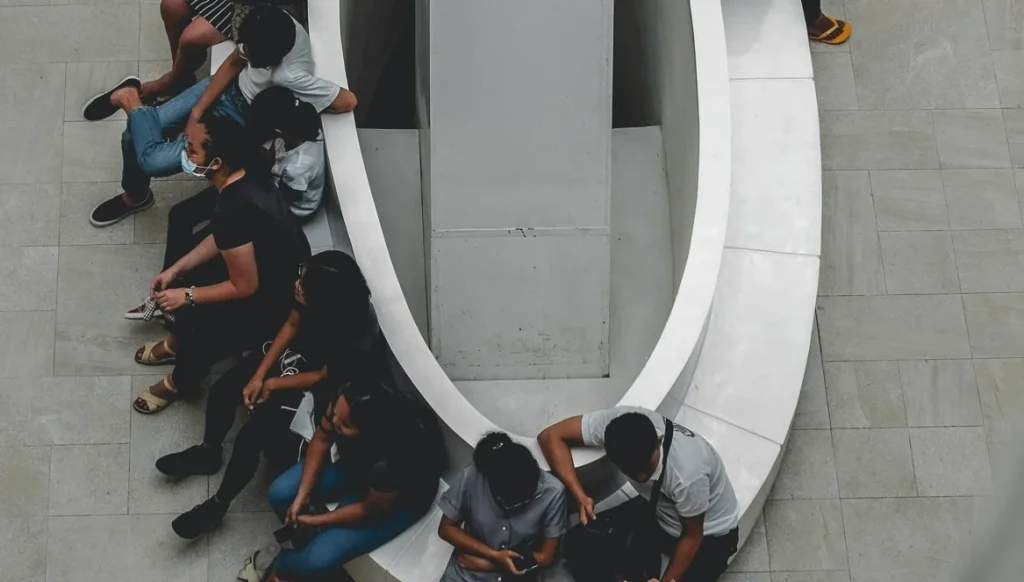
Epidemics may be controlled by patterns of mobility developed via the independent mobility and economic decisions of individuals in both communities. If the final epidemic size is used to evaluate the effectiveness of a policy, mobility constraints may not be able to effectively stop the spread of an infectious disease. In addition to other preventive measures like wearing personal protective equipment, testing, and tracing contacts are crucial to easing mobility limitations and preventing superspreaders from spreading the disease.
The government must be ready to deal with the challenges presented by a disease that can afflict the entire world, as demonstrated by the epidemics that preceded COVID-19. Making predictions and developing disease control measures require a thorough understanding of the people involved in the spread of infections.
High-stakes choices involving various stakeholders at various levels of government and public health agencies are necessary to control a pandemic. To support these choices, it is vital to apply the proper instruments, which emphasize the importance of funding science.
Despite the Epidemic and Economic Difficulties, the Real Estate Industry Is Flourishing
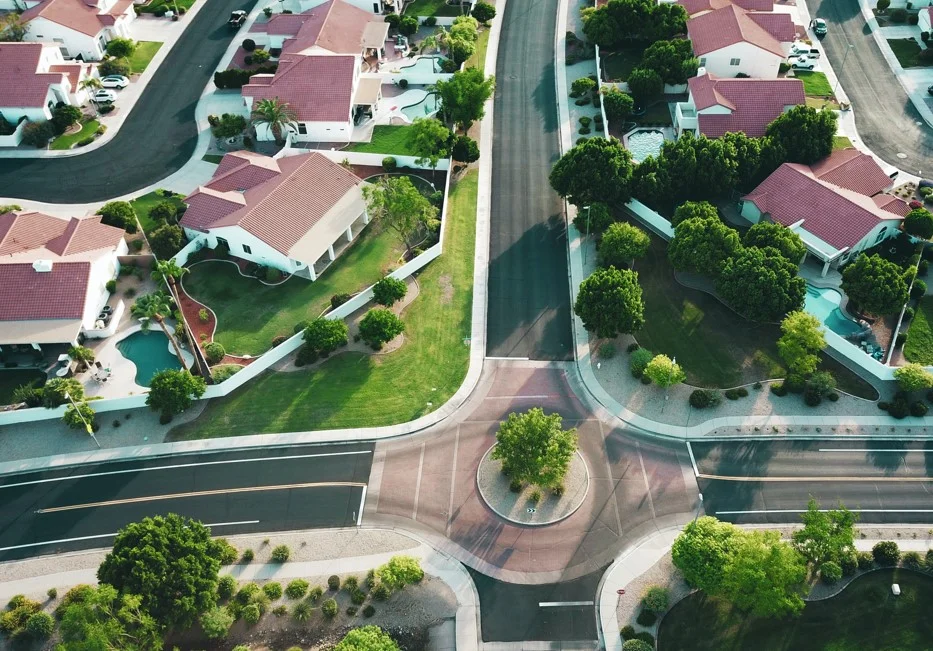
While the economy has not yet recovered from the pandemic downturn, neither has the rest of the country. Several sub-sectors have started to show optimistic signs of a steady return. Additionally, there are bright spots that have helped the sector to keep rising and resilient ever since the pandemic struck at the start of last year.
Homebuyers and investors share the desire to protect their residential investments, such as a house and lot for sale or a condo for sale, from epidemics. A township setting ensured simple transportation to their offices, groceries, and drugstores as well as lesser exposure to COVID-19 during the drive. Bigger is better for the family’s many uses, such as working from home and online learning. Townships and self-sufficient mixed-use complexes, together with open areas, parks, and green spaces, have grown increasingly alluring a consumers’ priorities have changed to include safety, convenience, and well-being.
Second-home residential resorts in the mountains or on the coast outside of the city are in the news more than ever because of the epidemic. In addition, the improvement of infrastructure facilitated shorter and quicker commutes from urban centers or places of employment to locations outside the metro.
It will take a very long time —likely at least a decade if there is ever to be a return to pre-pandemic inclinations. The impact of the pandemic’s shock factor will be recognized by all of us for a very long time and have a significant influence on real estate preferences over the next years.
After the COVID-19 Pandemic’s Damaging Effects, the Philippine Economy Is Still Recovering.
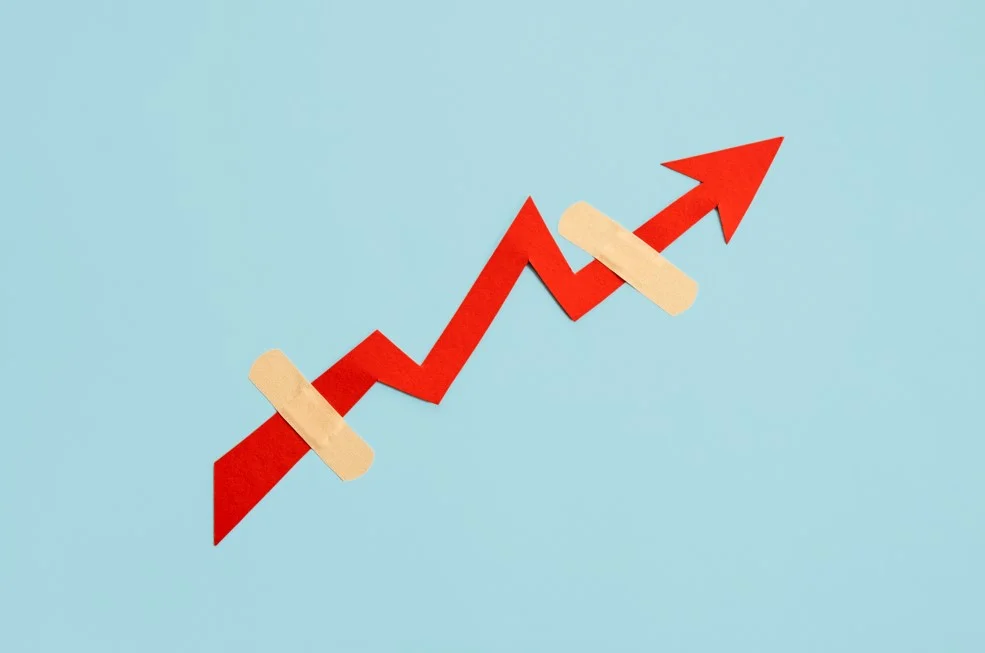
He valued the private sector’s involvement in the nation’s desire for economic placement in the world, Marcos Jr. said his administration will continue developing closer connections with the various chambers of commerce in order to draw more foreign direct investments.
“I avoid discussing recovery because I don’t want to restore the Philippines economy to its pre-2019 condition. That will no longer function. Whatever type of economy emerges over the coming months and years will be considerably different from what we were doing.:
The world’s longest coronavirus lockdown was finally lifted in June, allowing economic activity to gradually restart. This increased the price of food and fuel as well as the transport index, which caused inflation in the Philippines to accelerate more quickly than anticipated.
The world’s longest coronavirus lockdown was finally lifted in June, allowing economic activity to gradually restart. This increased the price of food and fuel as well as the transport index, which caused inflation in the Philippines to accelerate more quickly than anticipated.
China and Philippines GDP
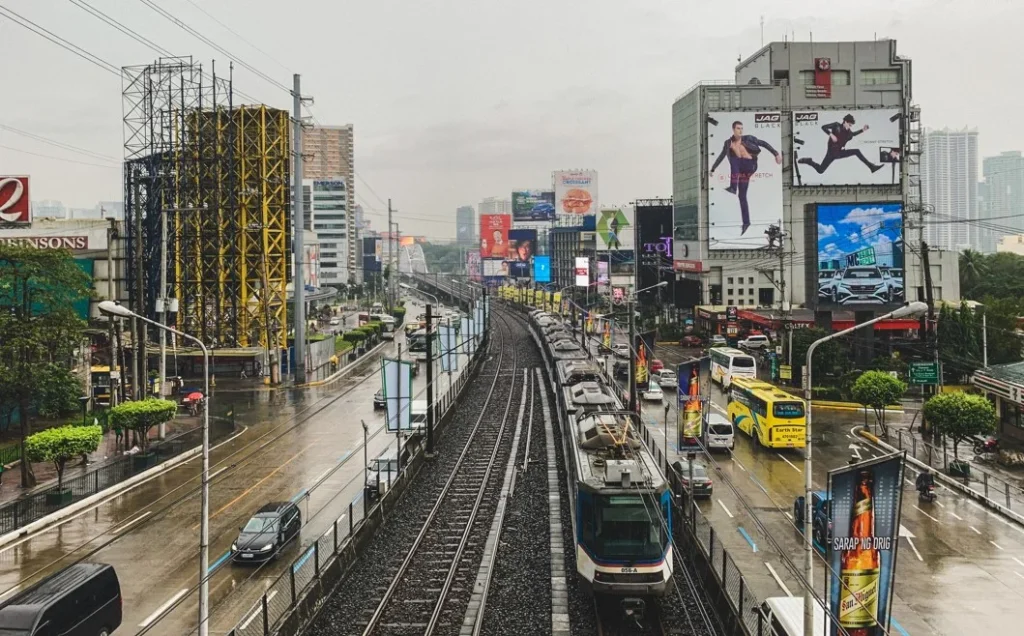
With the exception of the COVID-hit 2020 year, China’s GDP grew at its weakest rate since the middle of the 1970s as the second-largest economy in the world suffered under rigorous pandemic controls that were abruptly lifted late in 2022.
The Chinese government has continued its Zero-COVID strategy of continuous lockdowns and mass testing to halt the spread of the virus for the majority of the last three years. Early last month, with little notice and without planning for vaccination programs or other medical measures, they withdrew the policy.
There are questions about how the alarming mortality toll —officially 60,000 in the past month or so alone, will affect broader consumer confidence. Supply chain delays caused by workers calling in sick might hinder the recovery and have an impact on countries that depend on Chinese imports. In the last months of 2022, as real estate values continue to decline, the health of the massive property market will pose another barrier to economic recovery. In the upcoming months, new government support programs to encourage consumers are anticipated.
According to Finance Secretary Benjamin Diokno, the Philippine economy would probably grow at a slower rate than originally predicted because of the numerous difficulties the current government is facing. In the upcoming months, consumer price increases will continue to be high. The government wants to reduce the debt-to-GDP ratio to 60% by 2025. The government wants to reduce the budget deficit to output ratio to 3% starting in 2026.
What to Expect on Philippine Economy Recovery This 2023?
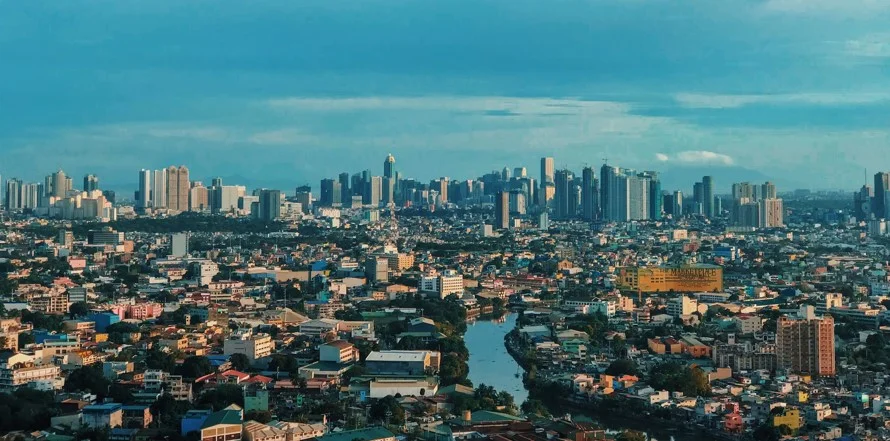
The Philippines’ experience has been a clear exception, as growth has generally been slower and poverty has increased despite record economic expansion, whereas Asia has witnessed faster poverty reduction accompanying high economic growth compared to the rest of the globe.
According to Kelly Bird, country director of ABD Philippines, “Barring the impact of external variables from geopolitical tensions that may slow growth globally, notably in the country’s important export markets of Europe and the United States, nearly all signs indicate higher growth for the Philippines in 2023.”
As a result of pressure from rising global commodity and oil prices brought on by geopolitical tensions, inflation is predicted to increase to 4.2% in 2022. To help public transportation drivers, farmers, and fishermen deal with increased gasoline and production expenses. The government distributed promotional offers and fuel subsidies in March. As the price of commodities in the world moderates, inflation is anticipated to slow to 3.5% in 2023.
We are sure that the discomfort caused by continuous shocks will pass quickly and our recovery will continue to be robust because we have these policy tools and a medium-term fiscal framework in place, Diokno said.
“We are sure that the discomfort caused by continuous shocks will pass quickly and our recovery will continue to be robust because we have these policy tools and a medium-term fiscal framework in place.”, Finance Secretary Benjamin Diokno said.
Related Blog: A New Year Full of Hope: Prospects in the Philippine Economy and the Real Estate Industry this 2023


